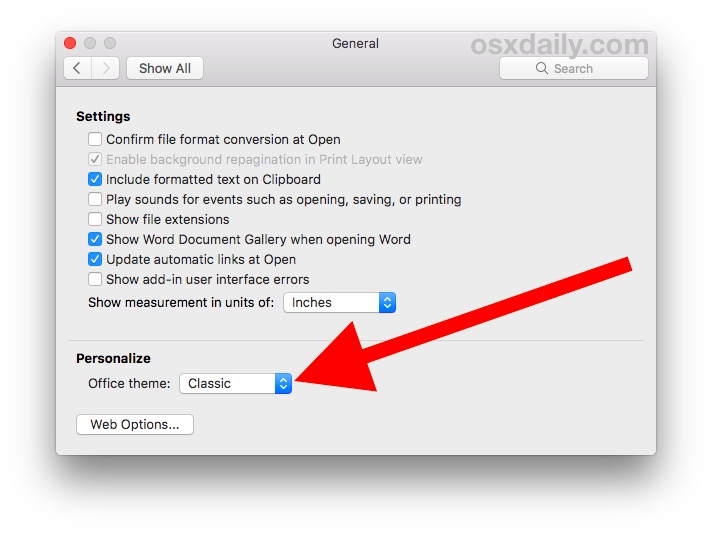
Situations where you are the only person in the To: line.Take a look at your options… you have the ability to format based on: Below where you selected Font, select Condition. Sometimes we spend a lot of time crafting the perfect appearance, and then forget to tell Outlook what the Condition is where the appearance should be applied.ġ. Make your font and color selections, then press OK once. … and of course the funnest part, in the lower left, Color!ģ. A popup screen appears with various font options along the top: font type, style and size… To the left of your title, select Font.Ģ.
:max_bytes(150000):strip_icc()/A13-ChangeFolderColoronMac-annotation-5bd8b4aff78648508db5492dbe49a580.jpg)

Just like with Excel, it is easy to get carried away with creating one setting and forget to do the other… Font Settingsġ. Use a name that is relevant to you.įrom here, there are two settings we have to create: Font and Condition. At the bottom of the popup, you will be prompted to name your rule. That’s right, you already have some rules… like the way an unread message uses blue font, for instance… I would not recommend changing existing default rules.Ĥ. Here are all your current Conditional Formatting rules. Go to the View tab, Current View group, and select View Settings. This may just be your Inbox if you are not a big fan of folders.Ģ. Start by selecting the folder where you would like to apply the rule.
Changes you make with this setting are at your computer application level only: it is a view setting within the Outlook desktop application.It also means that you should be cautious of which folder is selected before jumping into the view setting.

This means that you can create separate rules for each folder. Conditional Formatting applies to one folder at a time.This feature is currently only available for the PC desktop application of Outlook (apologies to Mac users).Here are a few caveats before we jump in: Just like we experienced in Excel, conditional formatting in Outlook will look for certain conditions and apply a specific appearance to them. Before we get started, I would like to thank Michelle for having an excellent question in last week’s Outlook Advanced class that inspired this Byte. Customizing your inbox with conditional formatting can be a huge time saving tool to help draw attention to certain emails in your inbox at glance. Perhaps a fillable form that comes to your inbox with a specific subject could be green, or all emails from your boss could show up as red. Are you lost in a sea of emails? It might be useful to make certain emails stand out with a special color or formatting.


 0 kommentar(er)
0 kommentar(er)
